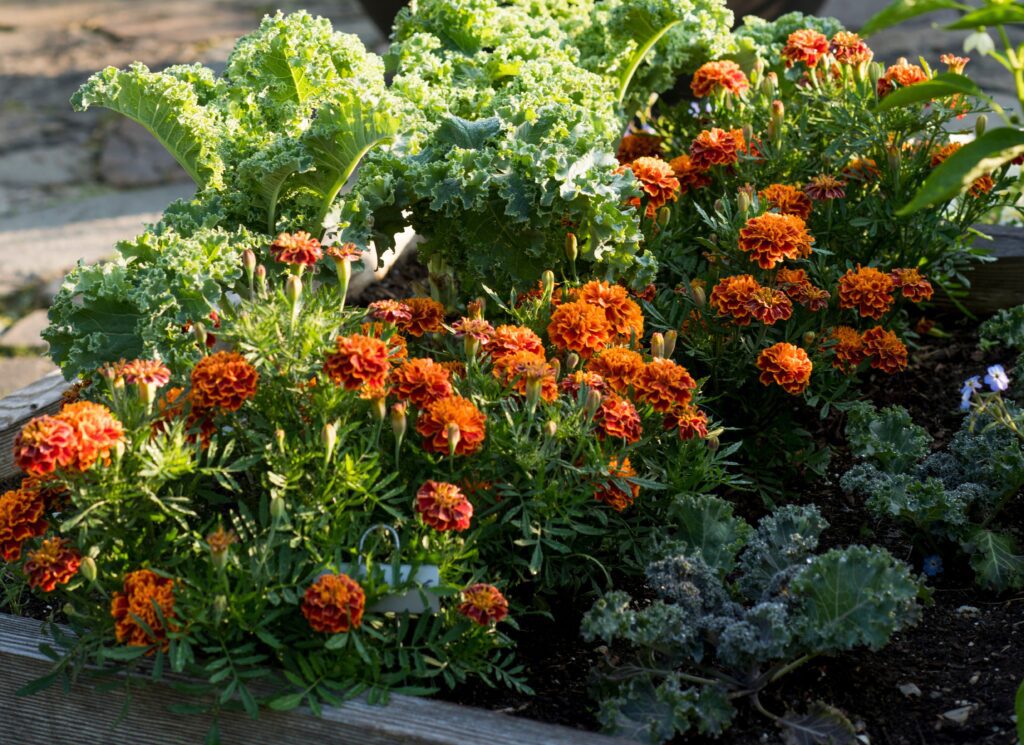How to Grow Marigolds from Seed: A Complete Guide
Marigolds are popular choice for gardens and containers due to their vibrant colors and ease of care. Not only can they enhance your outdoor space, but they also serve practical purposes such as companion planting and attracting pollinators. Growing marigolds from seed is a cost-effective way to cultivate these charming flowers while allowing for a broader variety selection. This guide outlines essential steps to ensure successful marigold growth from seed to bloom.
1. Choose the Right Marigold Varieties
Marigolds exhibit a variety of colors, heights, and flower sizes, ranging from 4 inches to nearly 4 feet tall. Selecting the appropriate marigold variety based on your garden space and intended use is crucial. The most commonly planted types include:
- African Marigolds: These are tall plants that produce large, striking blooms, ideal for cutting and arrangements.
- French Marigolds: Smaller in size, these are perfect for borders and pots and are effective in pest control.
- Signet Marigolds: Featuring small, delicate blooms, these varieties are edible and can add flavor to dishes.
2. Timing Your Planting
For optimal growth, marigold seeds can be sown directly in the garden, but starting seeds indoors is recommended six to eight weeks before the last spring frost. This indoor start guards against sudden temperature drops and helps you enjoy blooms earlier in the season. Remember, marigolds typically take two to three months to flower and are annuals, necessitating annual planting unless they self-sow.
3. Indoor Seed Germination
To begin, use seed-starting trays or pots filled with a pre-moistened seed-starting mix. Plant two seeds per cell and cover them lightly with additional soil or vermiculite. Use a humidity dome or a clear plastic cover to maintain moisture, and place the setup in a warm area. Utilizing a heating mat can expedite the germination process.
4. Regular Watering
Marigold seeds do not require light until germination, but should be consistently watered. Maintain even moisture in the soil while avoiding sogginess. Ideally, water from the bottom to keep the foliage dry, helping to prevent issues like damping off and mildew.
5. Providing Adequate Light
Once marigold seedlings emerge, it is essential to place them under grow lights or in a well-lit window that receives a minimum of eight hours of direct sunlight daily. If using grow lights, adjust them to maintain a distance of 2 inches above the plants to ensure they thrive without becoming leggy.
6. Thinning Seedlings
As seedlings grow and develop true leaves, it is important to thin them so that each plant has ample space. This can be accomplished by trimming excess seedlings at the base or gently transplanting them into separate pots.
7. Transplanting to Outdoor Spaces
After ensuring that your marigolds have sturdy stems and plenty of leaves, and once the threat of frost has passed, they are ready for outdoor transplantation. Gradually acclimate them to outdoor conditions over two weeks (a process known as hardening off). Plant them in well-drained garden beds or pots measuring 8 to 12 inches, ensuring to position them at the same depth as in their original containers. After planting, applying natural mulch can help retain moisture and suppress weeds.
8. Nurture without Fertilizer
Post-transplant, ensure marigolds receive about 1 inch of water weekly but refrain from fertilizing, as marigolds flourish in less nutrient-dense soil. Excess fertilizer can lead to excessive leaf growth with fewer blooms. However, if the soil is poor, consider amending it with compost or aged manure prior to planting.
9. Pruning for Abundant Blooms
For plentiful flowering, pinch back stems just below the first set of buds to promote bushier growth. For larger blooms, repeat this process after the second wave of buds appears, while also deadheading wilted flowers to encourage continued blooming.
10. Explore Companion Planting
While marigolds resist most pests, they can sometimes attract aphids and spider mites. Planting marigolds alongside pest-repelling plants, such as alliums or aromatic herbs, can mitigate these issues. Additionally, marigolds can attract beneficial pollinators when positioned among vegetable crops or at the garden’s edge to deter larger animals.
By following these steps, you can successfully grow marigolds from seed to vibrant flowers, enhancing your garden’s aesthetic while reaping the benefits of companion planting.


